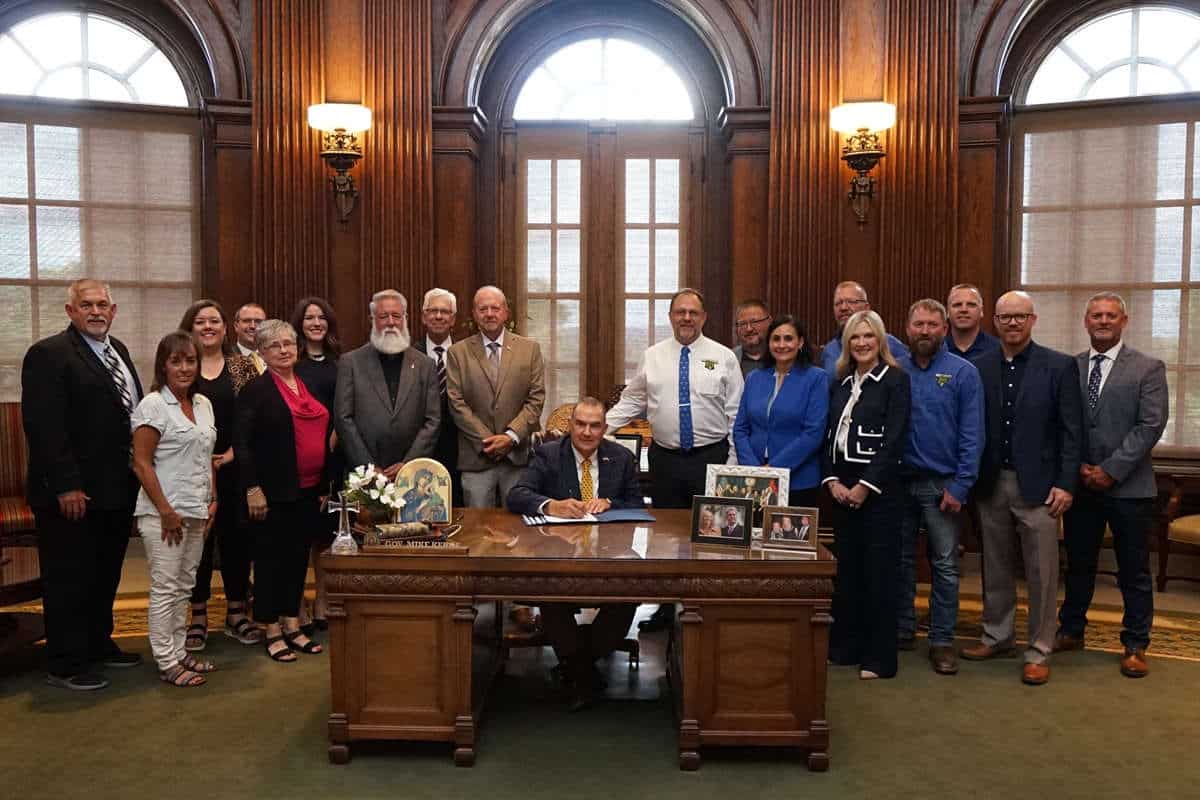Will This Time Be Different?
 The State of the Union address before Congress is almost always full of rhetoric, but short on details. We expect some iteration of the phrase, “the state of our economy is strong,” but the rest is largely an outline of the President’s priorities for the upcoming year. Sometimes those ideas grow into changes in the law, but most of the time they are simply drowned out by the ambient noise of governing.
The State of the Union address before Congress is almost always full of rhetoric, but short on details. We expect some iteration of the phrase, “the state of our economy is strong,” but the rest is largely an outline of the President’s priorities for the upcoming year. Sometimes those ideas grow into changes in the law, but most of the time they are simply drowned out by the ambient noise of governing.
For at least the last three years, the President’s remarks about investing in infrastructure have largely fallen victim to the noise. This year, the President again pointed out that investing in America’s infrastructure is investing in America’s future; in our global competitiveness; in our economy; and in our sustainability as the world’s leader. The President acknowledged what we already know: infrastructure is a bipartisan issue, and that it is essential for doing business in America.
In fact, in every State of the Union address President Obama has given, some mention of infrastructure investment has been made. He seems to like the line “We can put Americans to work by building the infrastructure of tomorrow,” which was stated verbatim in 2009 and 2010.
The rhetoric is there, the bipartisanship is there, so why haven’t we seen significantly greater investment in infrastructure? Could it be because politicians are talking out of both sides of their mouths?
In his fiscal year 2015 budget, President Obama proposed cutting nearly half a billion dollars from the Environmental Protection Agency’s State Revolving Fund program. This program provides block grants to states for building clean water and drinking water infrastructure and is one of the most highly effective and supported infrastructure programs administered by the federal government. That doesn’t sound like investing in the infrastructure of tomorrow! In the President’s proposed fiscal year 2013 budget, the President proposed cutting $300 billion from the previous budget, and in 2014, cutting about $100 million. While we certainly hope the President’s fiscal year 2016 budget, due to Congress in February 2015, more closely reflects his vocal support for infrastructure, experience tells us this year will be no different.
To be fair, the blame is equally on the shoulders of Congress, who write and pass the appropriations bills that fund these instrumental infrastructure programs. In the fiscal year 2010, the year after the American Recovery and Reinvestment Act infused more than $4 billion into the SRF program, enacted appropriations was just under $3.5 billion. The enacted levels for fiscal year 2015 are more than a billion dollars less at $2.35 billion.
Sure, the country was facing economic struggles over that period, but do you think anyone could honestly say that every federal government program saw the same 33 percent decrease? This is a truly indicative measure of our government’s priorities. It also means the federal government’s “investments” in economic stimulation could have been more effective.
As countless business groups, trade associations, state and local government groups and labor unions have been saying for years, investing in infrastructure is economic stimulation. Infrastructure projects create construction jobs, service industry jobs and manufacturing jobs, and that’s before we even account for the residual economic benefits.
So while the government’s recent rhetoric has not matched its actions and priorities, there are two reasons to be optimistic about future action. Unfortunately, both of the reasons are bad.
First, the prevalence of infrastructure failures — water main breaks, bridge collapses, etc. — are beginning to get greater acknowledgement by government officials, the media and the general public. The infrastructure community has long been warning that the longer infrastructure is neglected, the more difficult and costly it will be to repair and replace, and that warning seems to be catching up to those who have stood idle.
Secondly, the Highway Trust Fund will again run out of money in advance of this summer’s busy season. The authorization and funding were extended last September until May of this year. The largest issue is the funding component. Legislators don’t have a cohesive long-term plan to fund the Highway Trust Fund, and some state administrators have already said they are not making plans for projects over the summer months due to the uncertainty that surrounds where the money for these highway projects will come from. On Capitol Hill, this is an issue in which many Members of Congress are interested and involved. Unfortunately, we don’t know yet exactly when the dollars will run out, but that would put a hard stop on project construction.
These parallel problems do seem to be heightening awareness for infrastructure, even if the awareness is on infrastructure failures or the fear of greater failures and the lack of dollars available to fix the problem. What is clear is that Congress must act. Congress must come up with a way to finance public infrastructure projects over the long-term.
What is clear is that our collective efforts to educate state, local and federal government representatives are proving effective at heightening the conversation. We must continue to talk about infrastructure, and talk loudly, in order to build momentum and support for doing something proactive before circumstances require the government to be reactive.
Will Brown is NUCA’s Director of Government Affairs.




